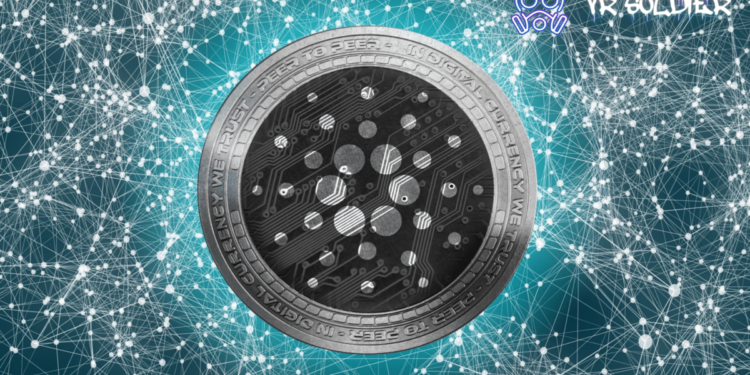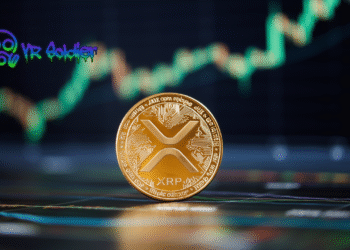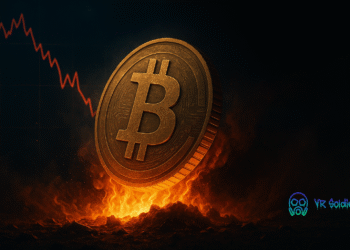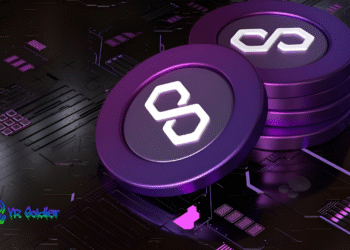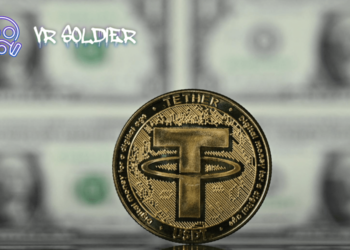Cardano Founder Charles Hoskinson has once again highlighted two distinct features on the blockchain that can assist in scaling up the global financial Operating System (OS). Learn more about Cardano’s Hydra and Leios developments for scaling the global financial Operating System.
The Cardano Hydra and Leios Development
The statement from Charles Hoskinson arose as a response to an earlier post from Dedium on X, a Decentralized GPU Computing Network on Cardano. Dedium reflected on “the elegance of Cardano” showcasing a single block containing 8 transactions designated for 1600 unique recipients.
Development over in Hydra Land is getting pretty hardcore pic.twitter.com/D5fab1MZ2l
— Charles Hoskinson (@IOHK_Charles) May 17, 2024
With these intricate and widespread transactions, Dedium emphasized the related transaction fee amounting to 5.16 ADA or approximately $2.38. It’s noteworthy that addressing scalability, throughput, and speed with minimal fees remain the challenge blockchains have been endeavoring to tackle. While no blockchain appears to have it completely resolved, Dedium’s post illustrates Cardano’s commendable performance.
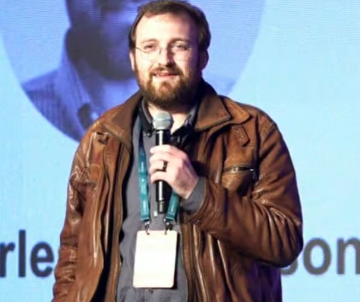
Expanding on the discussion, Charles Hoskinson emphasized that the objective of the blockchain is to expand the scalability and low-cost concept exponentially. To accomplish this, he identified Cardano Hydra and Leios as the preferred innovations to achieve this.
Cardano Hydra stands as the primary scalability solution Cardano has been diligently developing for the past few years. With Hydra, transactions are aggregated and processed offline, then synchronized online later. This mechanism aims to alleviate network congestion and allows for numerous simultaneous transaction processing on-chain.
The Cardano Ouroboros Leios is crafted to bring added efficiency to the network’s scalability and effectiveness. Merging the capabilities of Hydra and Leios gives Charles Hoskinson the assurance that a global-scale financial operating system could be constructed on Cardano.
Further Enhancements Required To Ascend
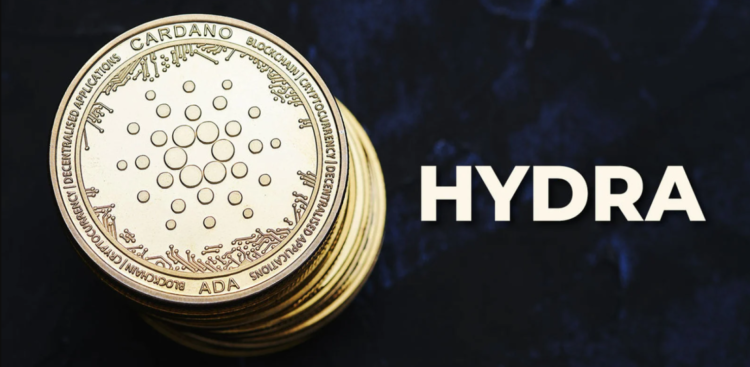
The Layer-1 blockchain network has upheld its position as one of the most advanced protocols in the Web3 sphere. Its GitHub Commits demonstrate it surpasses Ethereum (ETH) and other competitors in developer activity. Nonetheless, Solana (SOL) is regarded as a speedier protocol in comparison to Cardano.
The ultimate objective for blockchain networks is to rival legacy financial networks such as Visa and Mastercard in funds transfer. While the determination is evident among Web3 innovators, the Transaction Per Second (TPS) recorded by these protocols still falls short. With Charles Hoskinson’s optimism, the blockchain realm seems closer to surpassing traditional payment powerhouses eventually.

